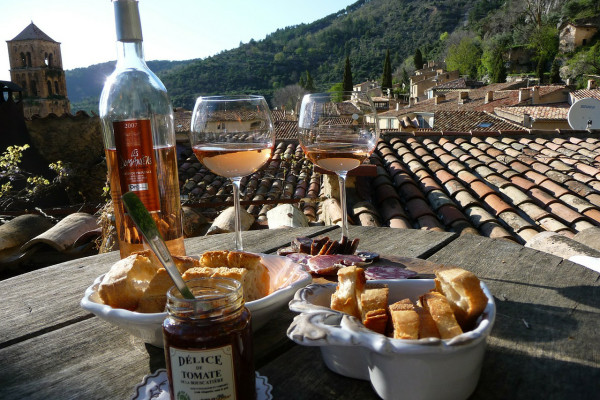LOCAL FOOD AND BEVERAGE PRODUCTS AS IMPORTANT TOURIST SOUVENIRS
Local food and beverage products as important tourist souvenirs
By Karolina Buczkowska, AWF Poznań | Turystyka Kulturowa, www.turystykakulturowa.org

“A souvenir, no less than a photo, completes the trip, it is a kind of a trophy, a justification of being ‘there’. It encompasses the whole trip which begins with planning and packing of bags. Unpacking and placing the brought souvenirs on ‘the mantelpiece’ closes up the experience, proving in a tangible way that the trip has taken place, and even though the memories of the trip may fade away, the dust- covered souvenirs will keep the memory of the past.”
Tourist souvenirs are an indispensable element of traveling for most people, especially cultural tourists. Every souvenir means something different, and even the same things may be treated differently by various people – even food products or beverages. However, they play a quite important role in the process of traveling.
A tourist souvenir is “a thing having particular meanings created by its producer, and numerously interpreted throughout its ‘biography’. These meanings must be easily recognizable and easily associated with the destination. The item must ‘express’ a particular genius loci to be so unique that after years it will still be associated without a doubt with particular time (trip) and space (the visited place)” – undoubtedly culinary souvenirs do have such a meaning. As written in a tourist’s story in “The Daily Meal”: “The only bottle of wine that ever lasted for longer than a few weeks in my house was a bottle I brought back with me from a friend’s wedding in South Africa – its contents, and of course the memories that went with it, just seemed too special to drink on any Wednesday night alongside takeout. But when I did finally open it, all of the fantastic flavors and feelings from my trip came rushing back. I almost felt like the bottle of wine satiated my need to go back and do the trip all over again. That’s what food souvenirs do so much better than, say, key chains and T-shirts – they bring back all the sights, sounds, and flavors from time spent in another land”.
Creating and promoting the right tourist souvenirs – also based on local food and beverage – is therefore essential. Moreover, it is of great importance for the development of tourist activity in particular destinations as well as for the incoming tourists.


Recent Comments